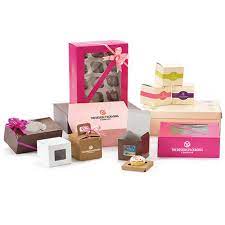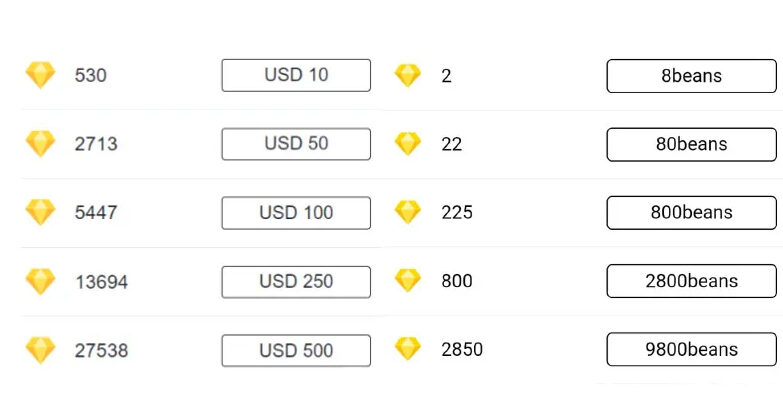Creating bakery packaging boxes that look appealing and professional can be a challenge. In this article, we will take you through the steps of choosing the right material for your bakery packaging boxes, so that you can create attractive and effective products that customers will love.
What to consider when choosing packaging materials
When choosing packaging materials for your bakery, it’s important to consider the unique needs of your business. Here are some tips to help you choose the right materials:
-Consider the type of product you’re selling. Some products need sturdy boxes that can stand up to shipping and handling, while others may be better suited for snuggly containers that can be sold in retail stores.
-Think about how you’ll want to display your products. Some bakeries sell packaged goods directly from the truck or warehouse, while others may sell them through a retail store. In either case, it’s important to choose packaging that will look good on store shelves.
-Consider the cost of materials and the production time required to produce your packaging. Cheap packaging materials may not last as long as more expensive options, and they may not look as professional. Be sure to factor in the cost of replacement materials when making your decision.
Types of packaging materials
When it comes to choosing the right material for your custom bakery boxes, there are a few things to consider. The type of box, the materials used for the outside and inside of the box, and the weight of the box all play a role in what kind of packaging material is best for your business.
There are a few different types of bakery packaging that can be made with a variety of materials. Carton boxes are typically made from paper or cardboard, while plastic bakery boxes are made from polypropylene or another type of plastic. Each has its own advantages and disadvantages.
Paper or cardboard bakery packaging is cheaper than plastic packaging, but it can be more difficult to handle and transport. It is also less durable than plastic boxes and can tear easily. Plastic bakery packaging is easier to handle and transport, but it may not be as strong as cardboard or paper. It is also more expensive than plastic packaging, but it may last longer than paper packaging.
It is important to choose the right material for your bakery packaging boxes based on the type of box you are using and the weight of the box. For example, if you are using a cardboard box that weighs less than 10 pounds, then polypropylene might
What to do if you need to change your packaging material
If you need to change your bakery packaging material, there are a few things to keep in mind.
The first thing to consider is the product you’re selling. Different packaging materials work better for different products. For example, cupcakes will do well in plastic wrap, while donuts will do better in a box made from paper.
Another factor to consider is the environment your bakery is going to be delivered to. If you’re shipping your products out of state or internationally, it’s important to think about how the product will be handled and what kind of protection it will have.
If you’re not sure what type of packaging material would be best for your business, contact a packaging supplier or manufacturer. They can help you choose the right material and make sure it meets your specific needs.
Conclusion
When it comes to packaging your bakery products, it’s important to choose the right material. Not only will the material affect how your products look and feel, but it can also impact how long your bakery products will last before they go bad. Here are three things to consider when choosing a material for your bakery boxes with window:
1. The Material’s Texture and Appearance: When you’re picking a material, be sure to consider its texture and appearance. Some materials are more matte than others, which can give your product a polished look. Others have a glossy finish that can make your product looks more attractive.
2. The Material’s Durability: Another thing to consider is the durability of the material. You don’t want something that will easily tear or crack in cold weather conditions or during shipping.
3. The Material’s Recycling Potential: One final consideration is whether the material is recyclable – some materials aren’t always recycled due to their toxicity levels (e.g., certain plastics). In this case, you may need to choose another material that is recyclable if that’s important to you (for example, if you plan on donating all of your packaging materials back into society).








